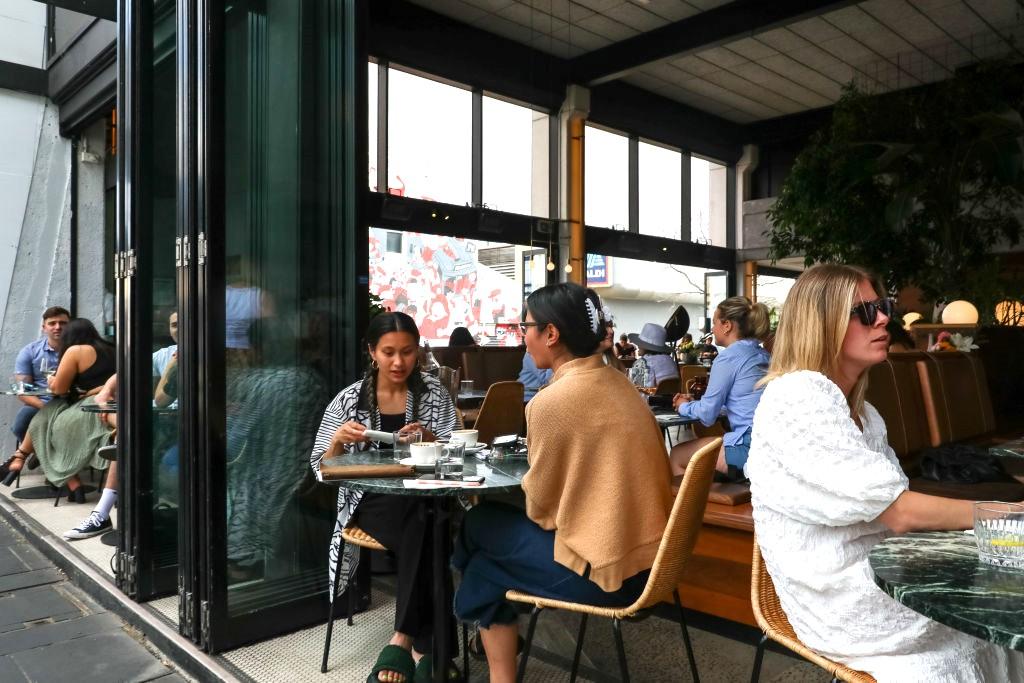A large volume of businesses have exited the state of Victoria over the past 12 months to June 2023.
Australian Business Statistics (ABS) data showed that 7,606 businesses were de-registered from Victoria over the 2022-23 financial year.

A large volume of businesses have exited the state of Victoria over the past 12 months to June 2023.
Australian Business Statistics (ABS) data showed that 7,606 businesses were de-registered from Victoria over the 2022-23 financial year.